What you need to know about planting and caring for an allium outdoors?
When the flowerbed is fully formed, but there is a feeling that something is missing, planting an allium will help. In the open field, seedlings take root perfectly, and the decorative onion itself proudly rises above its neighbors. Sometimes you can mistake unusual inflorescences for a skillful craft, but a faint onion smell will instantly dispel doubts. By the way, all plant varieties are edible.
Colorful balloons
This flower is bright, visible from afar. In order for the color of the inflorescences to be rich, juicy, onions must be planted in illuminated areas. With proper care, it can grow in areas dominated by stray light. When planted under trees, the allium stretches out and then dries up. The more open space around it, the taller the plant will be.
The flower is not picky about the soil - it feels good on slightly acidic soils and on land with slightly alkaline PH values. Areas where water accumulates are not suitable: allium is prone to rotting in conditions of high humidity. The plant is not afraid of drafts, but with strong winds there is a threat of stem refraction.
Advice! Experts recommend surrounding the decorative onion with plants with lush leaves. After flowering, the allium loses its attractiveness, and surrounded by such neighbors, the flaws of the flower bed will not be noticeable.
About 400 species of onions are included in the Allium genus, not counting varieties and hybrids. Inflorescences can be dense or fluffy, like faded dandelions. The color palette is dominated by violet, blue, pink colors. The leaves are long, narrow, with sharp ends. Varieties are divided depending on the timing of flowering:
- Dissolve the buds in mid or late May.
- Bloom in late June.
- Flowering begins in early July.
The onion blooms for about 40-50 days, and then the inflorescence begins to dry out. This is actively used by fans of composing compositions from dried flowers. In most allium species, the leaves remain green for a long time, they cannot be cut along with the flowers. They are a conductor - with the help of sunlight and fertilization, the bulb accumulates a supply of nutrients for wintering.
How to grow a flower for a flower bed?
When planting on flower beds, the flowering time must be taken into account. If ornamental onions are varieties that are characterized by early flowering, then the bulbs are planted in open ground in the fall, before the onset of cold weather. The land should be dug up and complex fertilizers applied. Large bulbs are deepened by 25 cm, 10-15 cm are enough for small ones.
Advice! To prevent decay of planting material, river sand can be added to the soil.
Late flowering onion varieties require planting in the spring when the average air temperature is 10-12 ° C. The distance between the bulbs depends on the size: for large ones it takes about half a meter, small ones feel good at 25-35 cm from each other. Allium flowers will be brighter and the plant itself strong if you add a little organic fertilizer to the soil.
To reproduce allium, gardeners use the following methods.
- With the help of seeds. Seeds are sown in grooves, sprinkled with earth, moistened, mineral fertilizers are applied in half the dose recommended for care. After a month, bulbs are formed that will grow for a long time. The decorative onion obtained from the seed will bloom in five years.
- Using the bulb. With the help of drugs to stimulate the formation of roots, onion inflorescences are rooted.
- Children. In the third year of life, the bulb begins to form children.The small onions are attached to the mother, and when separating them, be careful not to damage the roots.
Advice! Do not neglect mulching. Covering the soil with needles, chopped straw or foliage will help fight weeds and protect the bulbs from a cold snap.
The dug out bulbs are disinfected with a weak solution of potassium permanganate. Then they are dried and stored at room temperature in a dark room. Gardeners can leave the bulbs with their babies in the ground for the winter if the area is characterized by warm, dry winters. In such cases, mulching is a must when leaving.
A little care won't hurt
Taking care of allium outdoors does not require much time or effort. The bulb is at risk of various rot when the soil is excessively wet. Decorative onions are watered in small portions after sunset. Usually it has enough moisture for a long time after heavy rains.
Advice! Some gardeners water the flower after the earthen coma is completely dry. Even if the onion has lowered its leaves a little, you should not worry. After moistening, the turgor quickly resumes.
Allium is fed three times during the flowering season with complex fertilizers. They should be dominated by potassium and phosphorus. Fertilizers are applied at the root:
- when planting babies and bulbs;
- when the decorative onion builds up its leaf mass;
- after flowering.
To prevent the occurrence of diseases, gardeners use the bulb warming method when leaving. It is heated to 45 ° C for about eight hours. The procedure will be more effective if you use a directed air jet. Also, before planting, the bulbs can be treated with a fungicidal preparation.
The most dangerous disease of onions is downy mildew. Occurs with excessive watering, too close proximity. It is characterized by gray spots on yellowed leaves, lack of flowering with good care. You can cope with the disease by destroying diseased plants, and the surviving specimens should be treated with fungicides.
Onion fly and ticks like to settle on decorative bows. The flower loses its turgor, and a cobweb appeared on the leaves? Pests have come to the beds. Insecticides can help deal with the problem. Processing is carried out three times at weekly intervals.
There is no landscape designer who does not use allium for his compositions. Gardeners also experiment in their flower beds. You should know that depending on the variety, plants can be tall (up to 80 cm) and low (about 35 cm). This property must be taken into account when landing.
Different types of roses make great onions neighbors. Pairing purple balls with poppies or peonies is classic. The care for these flowers is about the same, which makes it easier to work in the flower beds. And most importantly, the surprised eyes of relatives.
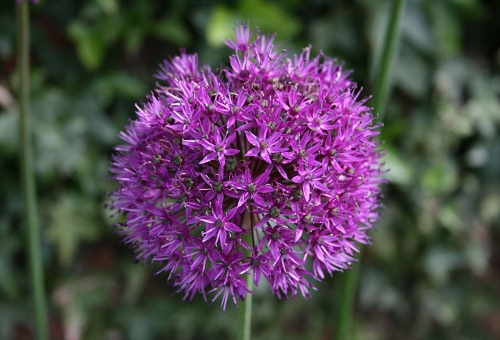
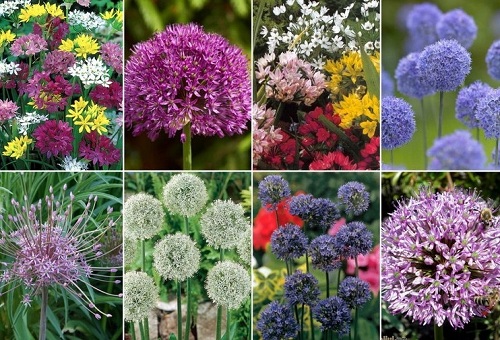
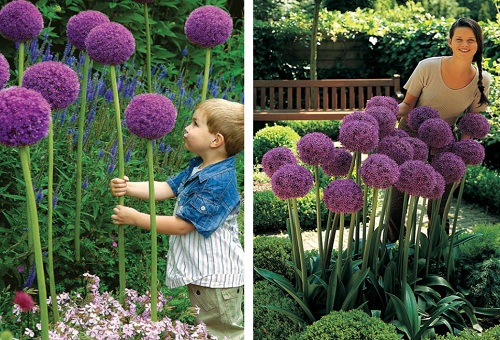
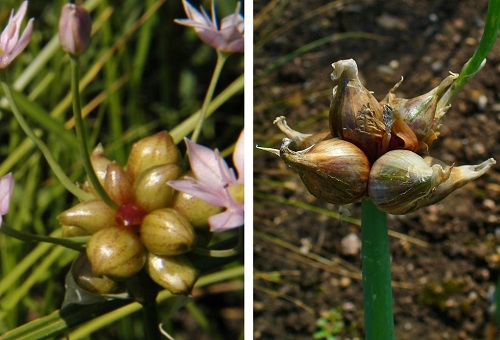
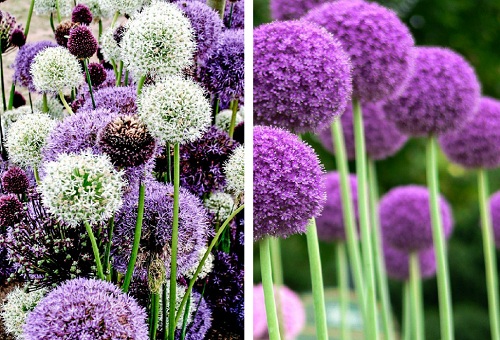
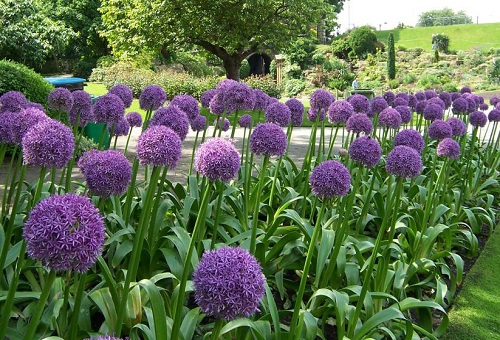
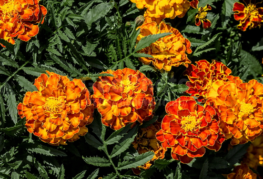
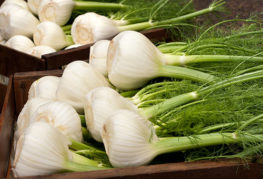
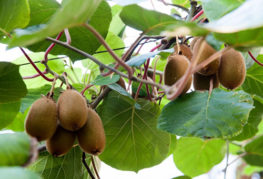
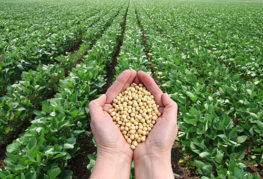
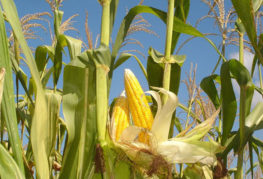
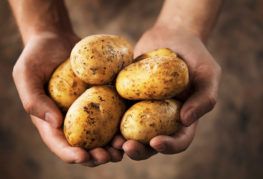
and will be published shortly.